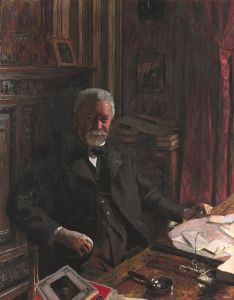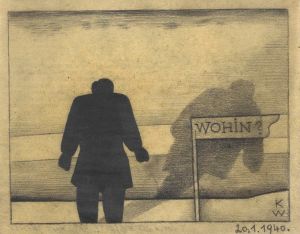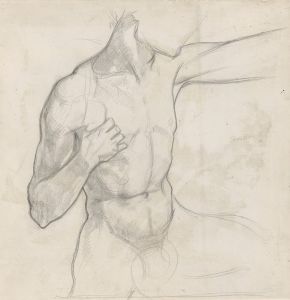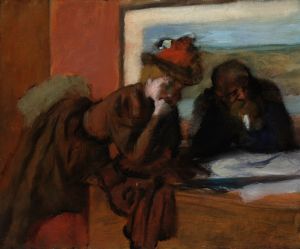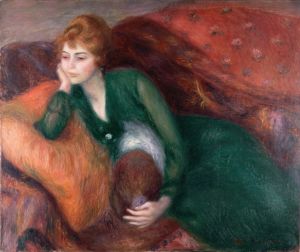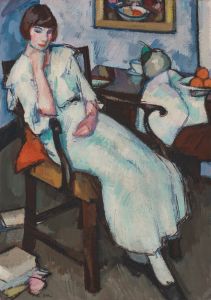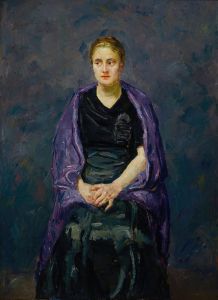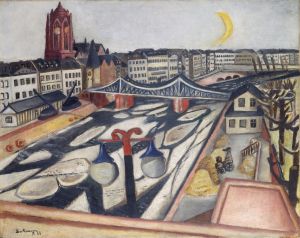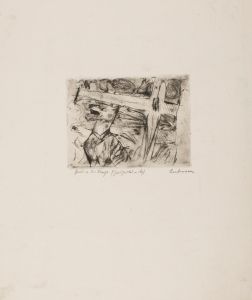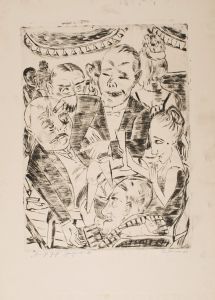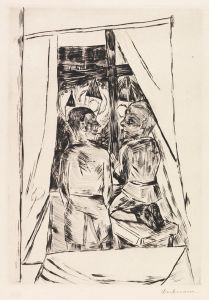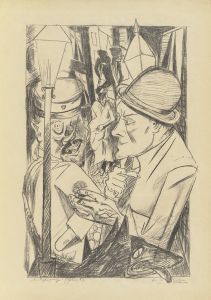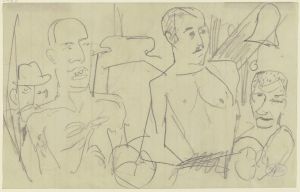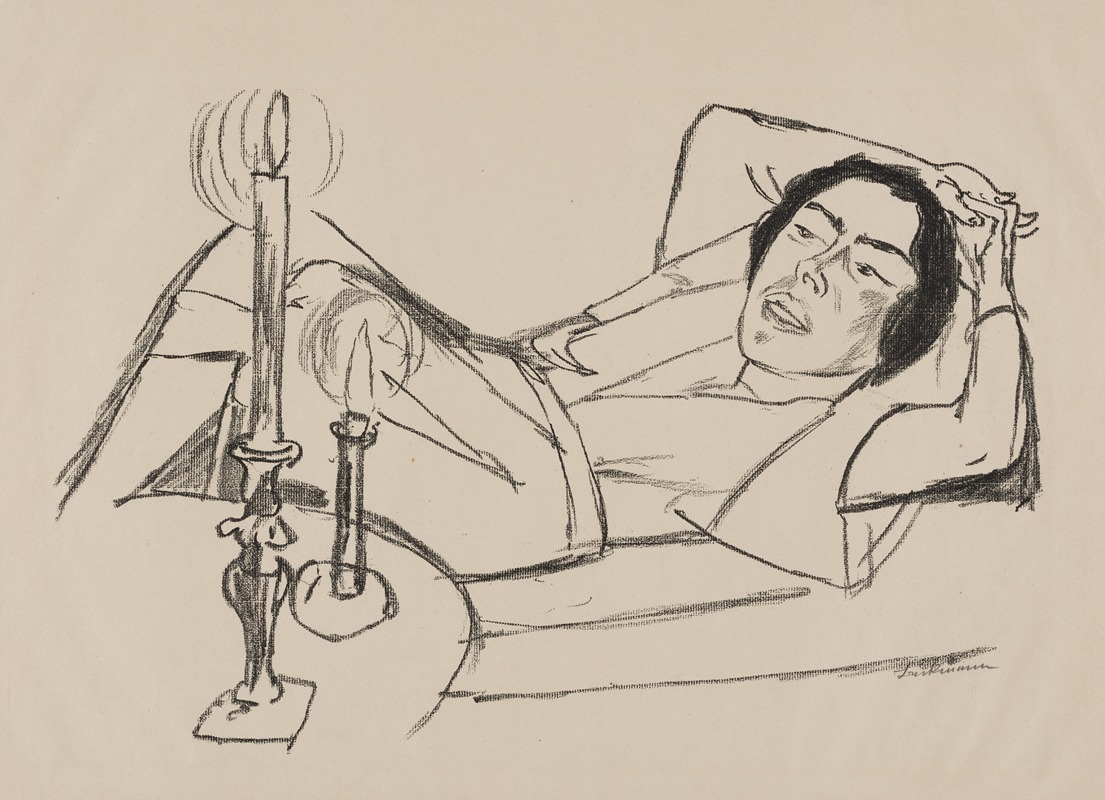
Reclining Woman
A hand-painted replica of Max Beckmann’s masterpiece Reclining Woman, meticulously crafted by professional artists to capture the true essence of the original. Each piece is created with museum-quality canvas and rare mineral pigments, carefully painted by experienced artists with delicate brushstrokes and rich, layered colors to perfectly recreate the texture of the original artwork. Unlike machine-printed reproductions, this hand-painted version brings the painting to life, infused with the artist’s emotions and skill in every stroke. Whether for personal collection or home decoration, it instantly elevates the artistic atmosphere of any space.
"Reclining Woman" is a painting by the German artist Max Beckmann, a prominent figure in the Expressionist movement. Beckmann, known for his bold use of color, distorted forms, and psychological depth, created works that often reflected the complexities of human existence and the turbulent historical context of his time. However, specific details about the creation date, medium, and current location of "Reclining Woman" are not widely documented or verified in public records.
Max Beckmann's art frequently explored themes of modernity, alienation, and the human condition, often through figurative compositions. His works were shaped by his experiences during World War I, the rise of Nazism, and his subsequent exile from Germany. While "Reclining Woman" is not among his most famous works, it likely embodies his characteristic style, which blends elements of Expressionism and New Objectivity.
Beckmann's portrayal of figures, including women, often carried a sense of introspection and emotional intensity. His reclining figures, in particular, are known for their dynamic compositions and the interplay between sensuality and psychological tension. These elements are consistent with Beckmann's broader artistic approach, which sought to capture the complexities of human experience.
Due to limited available information about "Reclining Woman," further details about its provenance, exhibition history, or critical reception cannot be confirmed.





